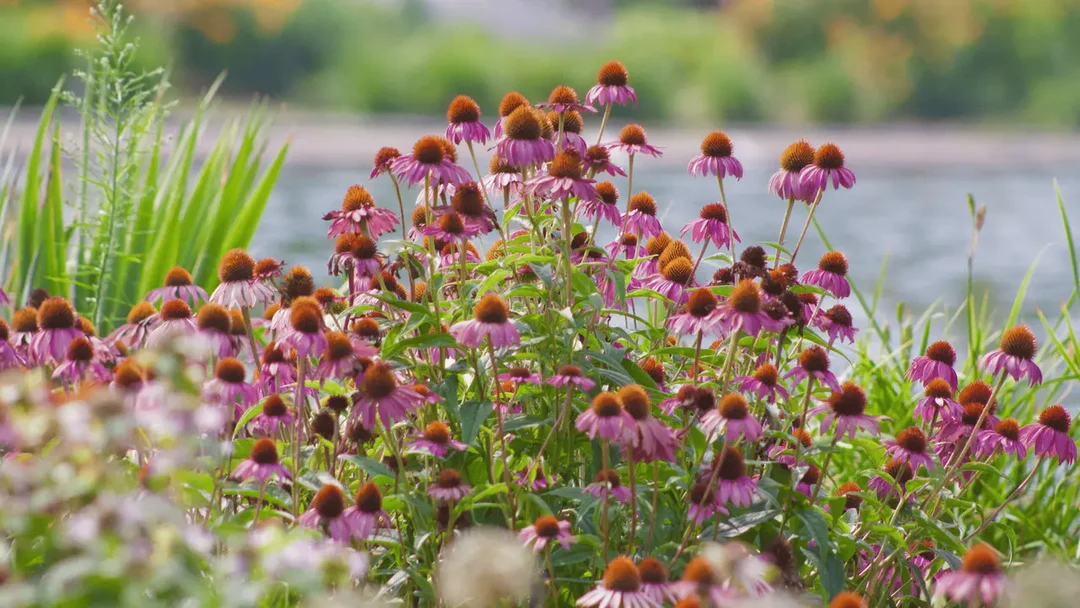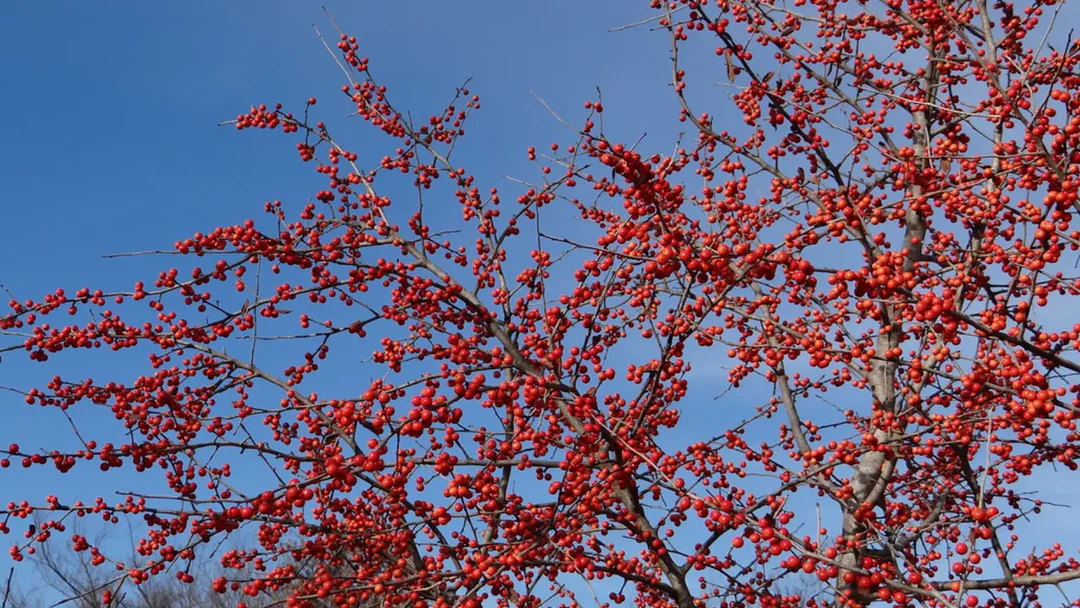Why Use Native Plants in Texas Landscaping?

Understanding Native Plants
Native plants are those that have evolved naturally in a particular region over a long period. They are indigenous to a specific area. This means they grew there naturally before the introduction of plants from other regions. In North America, the term often refers to plants that existed before European colonization.
Gardening with native plants has even more benefits than you might expect, both to our local wildlife and us human residents.
Biodiversity & Wildlife Support
Competing with the beauty of the flowers are all the pollinator bugs and animals that are attracted to a native garden. In general, we see less wildlife every year, but growing native plants invites them back. And the neighbors will notice!
Butterflies, mason bees, lightning bugs, and all types of lizards and birds need our help in restoring their habitats. The loss of milkweed in particular has directly contributed to the decline in monarch butterfly populations, planting a mass of it in your garden gives caterpillars a place to eat and butterflies reproduce.
Trees and grasses are important too. Birds appreciate berries, and dragonflies like to perch on grasses when they’re done eating up mosquitos! That’s another reason to increase biodiversity - to support the predators of pests.
Water Conservation
Diverse plant roots also contribute to healthy soil structure, nutrient cycling, and water retention. Warm season grasses for example, like Bluestems and Switchgrasses, are great at pulling humidity from the air between the rainy seasons. This means less additional irrigation, and a more comfortable environment for us too.
Resilience
Everything’s bigger in Texas, including the swings in temperature. We all know someone who lost all their Indian Hawthorn after a hard freeze, or whose Asiatic Jasmine got burned in the summer and never really recovered. Plants native to your particular region are best prepared to make it through sustained summer heat and sudden winters.
Plant survival is important both for your pocketbook and the planet. While greenery removes CO2 from the atmosphere, it also releases CO2 when vegetation dies and decays. Yeesh! It’s hard to be an ecological steward! Using plants that are best adapted to our regions helps keep plant growth and decay in balance.
Less Maintenance
Plants that have already adapted to their environment need less assistance from fertilizers or soil amenders. Most don’t need winter covering once their roots have established. Leaving dormant grasses and coneflower seed heads provides structure to a winter garden, and food for birds. Then, cut them down to restart growth in the spring. For many perennials, seasonal pruning can be reduced even more over time, once they have achieved the desired density.
Increased Style
Those high-maintenance, perfectly manicured gardens are a thing of the past anyway. Many styles can be achieved using Native Texas plants, but in general, a more naturalistic aesthetic is what’s in vogue. Nowadays, movement and textures are prioritized over shrubs that look the same year-round, and perennials that get more impressive with age are preferrable to constantly replanting annuals for short-lived color.
By embracing native plants, you can create a landscape that is not only beautiful but fully integrated with the natural rhythms of Texas.








Leave a comment